How to Use Twitter as a Scientist
 Dr. Sophie Milbourne, Science Communicator, Soph Talks Science
Dr. Sophie Milbourne, Science Communicator, Soph Talks Science
For many researchers, the mere mention of Twitter elicits eye-rolling, anxiety, and apprehension. While, yes, the popular social media platform has been associated with some controversies, if you dig a little deeper you will find the incredible community of #ScienceTwitter and the endless potential for sparking conversations, engagement and collaboration, all while helping to boost your own research and profile.
Given the considerable potential of Twitter for you, your research, your lab group and your public engagement, below are a few tips and ideas on how you can get the most out of the platform.
Getting started on Twitter as a researcher
Establish the habit of writing “tweetorials”. When you have a new publication, tweet about it—tweeting been linked to increased citations! That might seem obvious, but one great way to create more impact is to not just tweet the link to a paper but create a “tweetorial”. A tweetorial is a thread of tweets that tell a story, which is perfect for a new publication. These storytelling threads can be a useful tool for journalists who might be looking for some clarity on your discoveries and a chance to showcase any eye-catching images. Collectively, these actions help you (and members of your lab) become better science communicators.
Consider the words you use. Avoiding jargon is always a great place to start. Explain things succinctly using layman’s terms where possible. Analogies and metaphors are great but be aware of ‘false friends’, or words that might mean one thing to you, but something else to others. Sometimes you might not be sure what details of your work you can share on social media; for example, you do not have to share the exact proteins you are working on. You also do not have to include all the details of your research for Twitter to be effective for you. Lastly, sometimes you do not need words at all; simply tweeting a picture (or maybe a video) can be impactful.
Do not just tweet when you have something to celebrate. I have met many academics who have a Twitter profile, but only use it to tweet about their latest publication or when they have a vacancy they are trying to fill. Ask yourself: What value does this have for my potential followers? Or who I am trying to recruit? Use your Twitter presence to give a sense of lab culture. When you are at conferences, get involved with the event hashtag; this simple practice might help you find a new connection. When group members win awards or attend an outreach event, share photos and congratulations. If you have an annual lab retreat, tweet about it! Showcase that any new recruits would be joining a group where they will be valued.
Know what your boundaries are. Of course, the chance of being trolled on Twitter still exists, which is why it is essential to know where you draw the line on the platform. Some scientists will have two profiles: a personal one, and a professional one. Others will have one multi-purpose account. Both options have pros and cons, but it is important to know what is right for you. It is great to get involved with discussions on a topic and engage with comments from others on your tweets but understand what you are willing to comment on and answer in a public forum. Perhaps you will want to move some conversations to private messages (a.k.a. DMs), others you might point to a website or resource to learn more, and some topics you might not engage with. Be aware of your boundaries for your own wellbeing.
Use tools to be consistent. Twitter can be time-consuming—and time is at a premium for researchers—but there are tools to assist with time management. A free example is TweetDeck. Here you can schedule tweets, follow specific hashtags to track the latest conversations or even manage multiple accounts. This tool removes the need to jump on the app every day to reshare the lab vacancy or comment on an exciting new paper in your field. Instead, you can accomplish this task all in one sitting once a week. Another useful tool for researchers is Altmetric where you can track and measure the online attention your article receives—including tweets!
Make connections. Again, this might seem obvious, but I have met far too many researchers who only use Twitter as a broadcast channel. You can connect with other academics and your research organization (many researchers forget about this support). You can ask questions to engage students, patients or other audience groups relevant to your research to crowdsource ideas, involve them in your research process, inspire the next generation, collect public views on a topic, or simply spread the word about what you are doing. You can also engage with policymakers and other stakeholders to make your voice and your research heard.
Be a real person. Even if you are using Twitter for professional purposes only, remember to show a little personality and show followers you are not a robot. People outside your field are not likely to follow you if your tweets are only about sharing events, articles, and positions in your own field. Add that extra ingredient—something personal! One way to do this is through sharing failures such as a rejected paper, a failed experiment, or even a spilt coffee.
Using Twitter to further your research career
To see the benefit of using Twitter, you need to start somewhere. Create a habit and a way that works for you to keep your account up to date. Encourage your lab members to become involved and encourage them to use the platform. Twitter is still strongly recommended for anyone who needs to develop their research profile, to learn and to share, to develop connections with current and potential collaborators, and join the #AcademicTwitter community.
If you are looking for more support, there is a great resource by Daniel Quintana on how to boost your academic career with Twitter. I hope these tips are helpful and that you enjoy starting and using Twitter. I also support researchers with their social media presence, so please feel free to contact me on social media to ask any questions and find out how I can support you.
Website | Instagram | Twitter | LinkedIn
 Previous Article
Next Article
Previous Article
Next Article 

